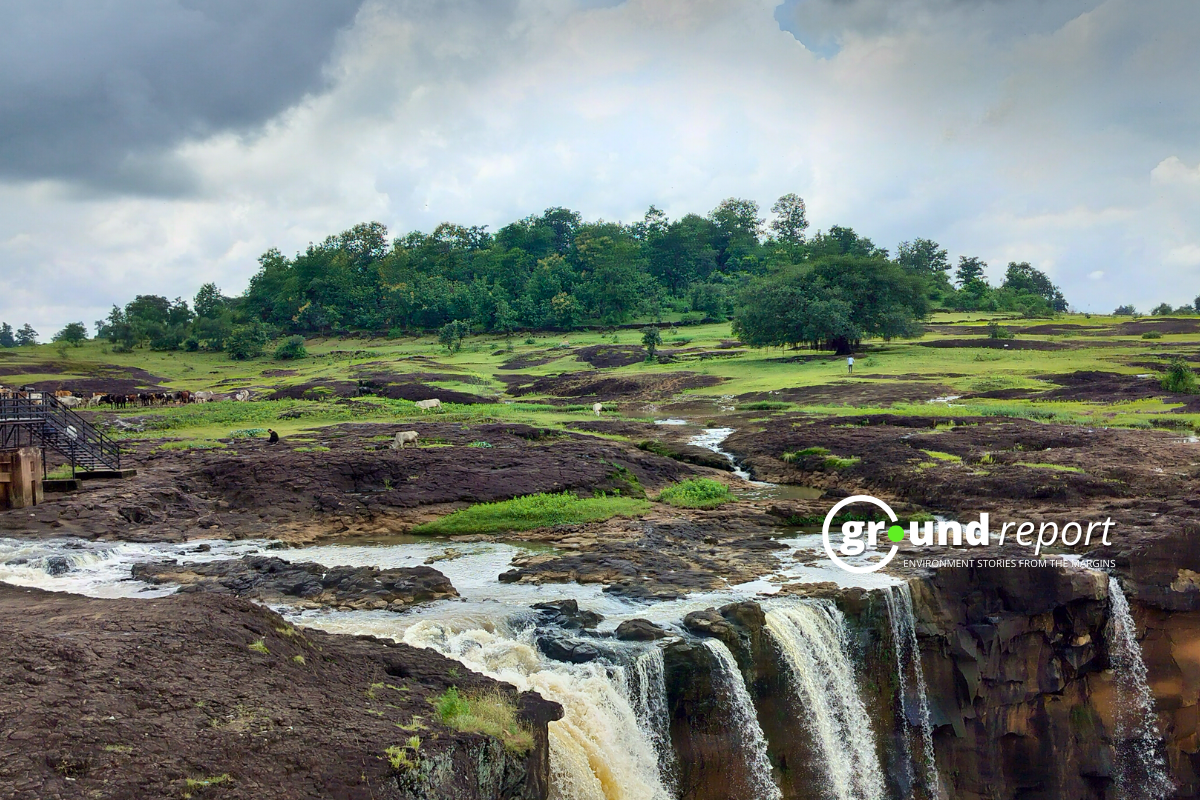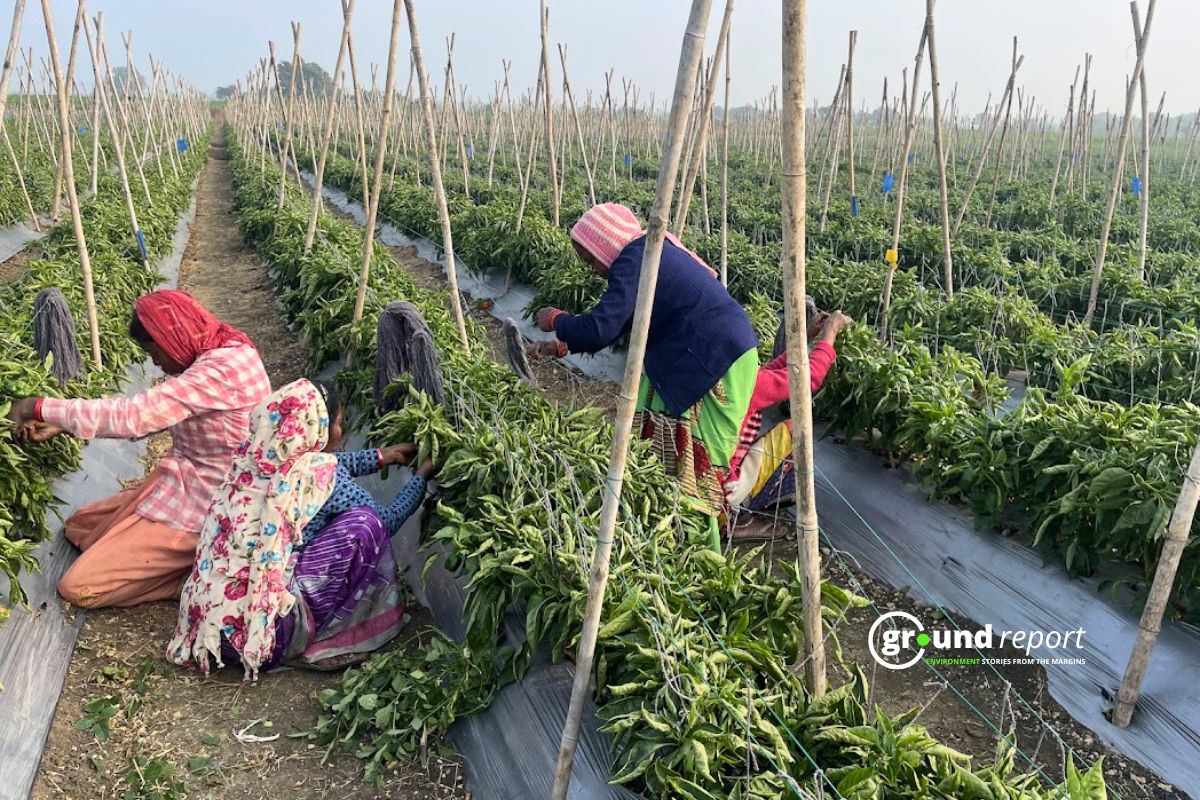Rainwater is not drinkable anywhere on the planet due to its high level of toxic chemicals, according to a new study by Stockholm University based on the latest recommendations from the United States Environmental Protection Agency (EPA).
Earth has officially passed its plastic pollution safe zone. The “limit for PFAS has been exceeded,” according to a study published on August 2 in the journal Environmental Science and Technology. PFAS are known to be hazardous to both the environment and human health. At this point, these “forever chemicals” are all over the world and have seeded the atmosphere. The most important thing is that they do not break down in the environment.
“Under the latest US guidelines for PFOA in drinking water, rainwater everywhere would be considered unsafe to drink. Although we don’t often drink rainwater in the industrial world, many people around the world expect it to be safe to drink and to supply many of our drinking water sources,” Ian Cousins, Professor at the Department of Environmental Sciences, Stockholm University, and the lead author of the study says, in a press release.
They are dangerous for human health and ecosystems because their toxicity is persistent, it spreads through the atmosphere and can be found in rainwater and snow in the most remote regions of the planet. Also, if the human body absorbs them through food or water, it accumulates them.
Although it is true that in the last twenty years the values of PFAS in drinking water, surface water and soil have decreased drastically, due to its prohibition and legislation on its use due to its high toxicity, a study indicates that exceeded the planetary limit of the established levels.
“The general level of knowledge of the human health effects of PFAS exposure is uneven depending on the country or region. It is generally low and more could be done to communicate the problem. We need people to have a level of awareness similar to that of plastic pollution”, Ian Cousins, the lead author of the work on the presence and atmospheric transport of PFAS during the last decade, tells SINC.
According to the EPA, most uses of PFOA and PFOS have been “voluntarily phased out by US manufacturers,” but some products still use them.
In the Aug. 2 study, the team of environmental scientists noted that global guidelines for PFAS levels in drinking water have “progressively decreased over the past 22 years,” particularly due to new research and awareness of the toxicity of the PFAS.
The declines underscore growing concern about the chemicals and how much is safe to drink. For example, the researchers found that the US Environmental Protection Agency’s health advisory on allowable levels of perfluorooctanoic acid (PFOA), a variant of PFAS associated with cancer risks, had decreased by a factor of 37.5 million over the years, most recently from 70 parts per billion (ppt) to 0.004 parts per billion.
The researchers found that PFOA levels in drinking water in all parts of the world, even in some of the most remote areas, exceeded EPA contamination guidelines.
That means “rainwater everywhere would be considered unsafe to drink,” Ian Cousins, the study’s lead author and a professor of environmental sciences at Stockholm University, said in a university news release. “Although we don’t often drink rainwater in the industrial world, many people around the world expect it to be safe to drink and it supplies many of our drinking water sources.”
PFAS continually passes from the sea to the air through sea spray, the study found. Air currents carry it into the atmosphere, where it seeds rain clouds and ends up back on Earth.
Microplastics, the end result of all the plastic products and industrial waste we dispose of, are a source of PFAS and often end up in the oceans and other waterways, affecting wildlife. While garbage in landfills takes thousands of years to fully degrade, it forms tiny pieces of plastic that are less than 5 millimetres long. Their size means they end up everywhere, including in our blood, where they range in size between 700 nanometers and 5,000 nanometers. (A human hair is about 17,000 nanometers).
Meeting U.S. safe levels for PFAS in the environment is impossible without “the enormous cleanup costs at drinking water treatment plants given that most drinking water sources on the planet will have levels of PFAS above-recommended levels,” according to the study.
But something has to be done, says Jane Muncke, managing director of the Food Packaging Forum Foundation in Zurich, Switzerland, in the statement. She was not involved in the study but agrees with the authors that the results are alarming. “The large amounts it will cost to reduce PFAS in drinking water to levels that are safe according to current scientific knowledge must be paid for by the industry that produces and uses these toxic chemicals. The time to act is now,” she says.
The study also found that levels of other PFAS variants, such as perfluorooctanesulfonic acid (PFOS), also exceeded US guidelines in numerous rural and urban regions around the world.
“The extreme persistence and ongoing global cycling of certain PFASs will lead to continued outperforming of the aforementioned guidelines,” Martin Scheringer, study co-author and professor based at ETH Zurich in Switzerland and Masaryk University in the Czech Republic. Republic, he said in the news release.
The researchers concluded that the safe “planetary limit” for PFAS has been exceeded, with immense consequences for environmental and human health.
The study stressed that action was urgently needed to prevent further harm, such as “major investment in advanced cleaning technology” and “rapidly restricting PFAS uses wherever possible.”
Support us to keep independent environmental journalism alive in India.
Keep Reading
MP farmers battle stray animals, sleepless nights to protect crops
Indore’s Pipliyahana Lake struggles to survive, even after conservation measures
Costliest water from Narmada is putting financial burden on Indore
Changing weather pattern impacts soybean crops in Dewas region of MP
Follow Ground Report on X, Instagram and Facebook for environmental and underreported stories from the margins. Give us feedback on our email id greport2018@gmail.com.
Don’t forget to Subscribe to our weekly newsletter, Join our community on WhatsApp, Follow our Youtube Channel for video stories.









